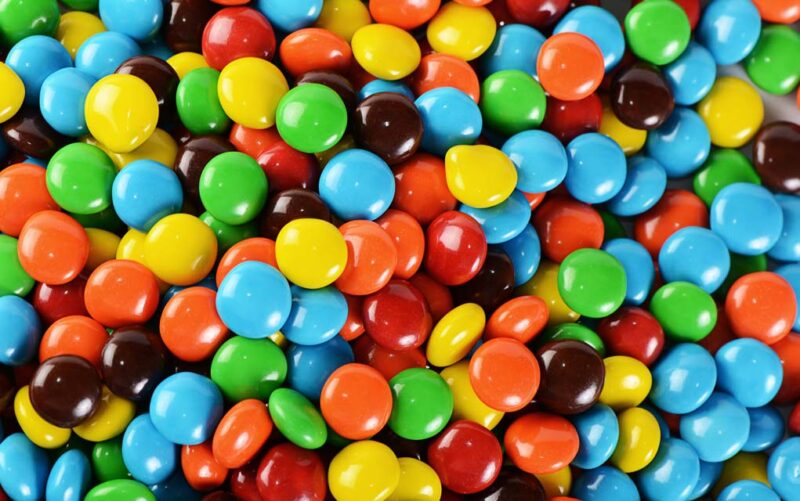In the vibrant world of food, color plays a crucial role in how we perceive taste and quality. However, the use of artificial food coloring has raised concerns about health and wellness, leading many to seek natural alternatives.
This blog post dives deep into the realm of natural food color swaps, shedding light on why and how you can avoid artificial food coloring without compromising the visual appeal of your meals.
Health Concerns Linked to Artificial Colors
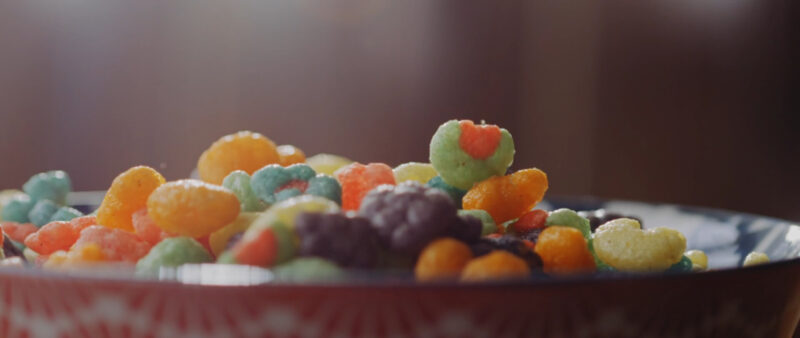
Artificial food colorings, often derived from petroleum products, have been linked to various health issues. Key concerns include:
- Allergic Reactions: Certain synthetic colors are known to trigger allergic reactions in sensitive individuals.
- Behavioral Changes: Studies have suggested a correlation between artificial colors and behavioral changes in children, such as hyperactivity.
- Potential Carcinogenic Effects: Some artificial colors have been linked to an increased risk of cancer in animal studies.
Environmental Impact
The production and disposal of synthetic dyes can have detrimental effects on the environment. The manufacturing process often involves toxic substances, and the waste generated can contaminate water sources.
Natural Alternatives
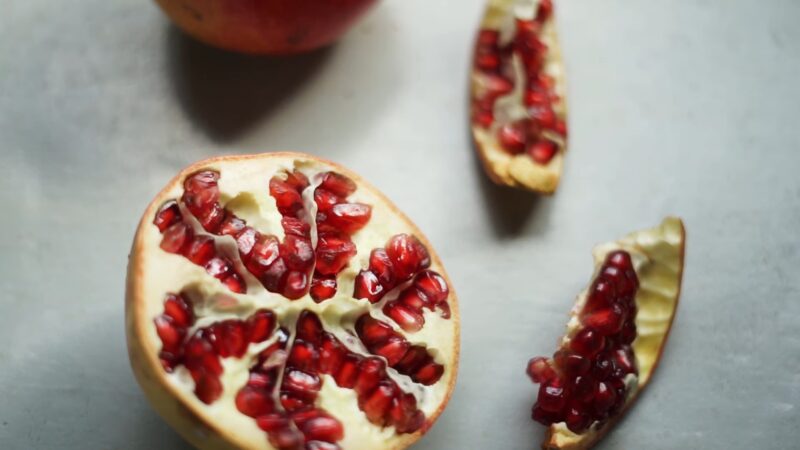
- Red: Beet juice or pomegranate juice can impart a deep red hue to foods.
- Yellow: Turmeric or saffron provide a vibrant yellow color, perfect for rice and baked goods.
- Green: Spinach or matcha powder are excellent for achieving a natural green tint.
- Blue and Purple: Blueberries or red cabbage can create shades of blue and purple.
Spices and Herbs: More Than Just Flavor
- Paprika: Adds a warm orange to-red tone, ideal for savory dishes.
- Chlorophyll Extract: A great green coloring, often used in beverages and sweets.
- Cinnamon: Offers a brown hue, suitable for desserts and pastries.
Other Natural Color Sources
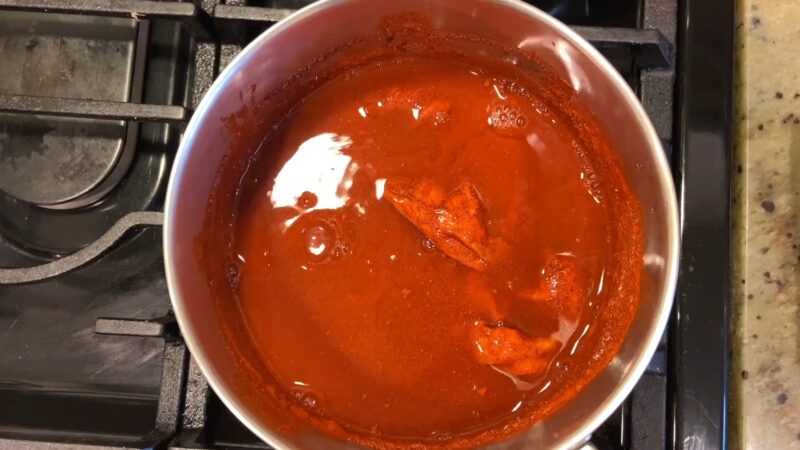
- Spirulina: A type of algae that provides a brilliant blue color.
- Activated Charcoal: Although used sparingly, it’s excellent for a dramatic black color.
- Annatto: Derived from achiote tree seeds, it’s perfect for achieving a yellow-to-orange color.
Implementing Natural Color Swaps in Cooking and Baking
- Understand Flavor Profiles: Some natural colorants can alter the flavor of your dish, so choose those that complement the other ingredients.
- Experiment with Quantities: The intensity of color can vary, so start with small amounts and adjust as needed.
- Heat Sensitivity: Some natural colors may change when exposed to heat, so consider adding them towards the end of the cooking process.
Recipe Adaptation: Making the Switch
- Assess the Original Recipe: Identify where and why artificial colors are used.
- Choose the Right Substitute: Match the color with a suitable natural alternative.
- Test and Tweak: Trial and error are part of the process. Don’t hesitate to adjust the recipe to achieve the desired outcome.
Health Benefits of Natural Colorants
Natural colorants are not just safe; they often come with their own set of health benefits. For instance, turmeric contains curcumin, known for its anti-inflammatory properties, while beets are rich in antioxidants.
Positive Environmental Footprint
Opting for natural colorants supports sustainable agriculture and reduces the chemical load on our environment. This choice contributes to a healthier ecosystem and a more sustainable food industry.
Creative Applications in Baking and Confectionery
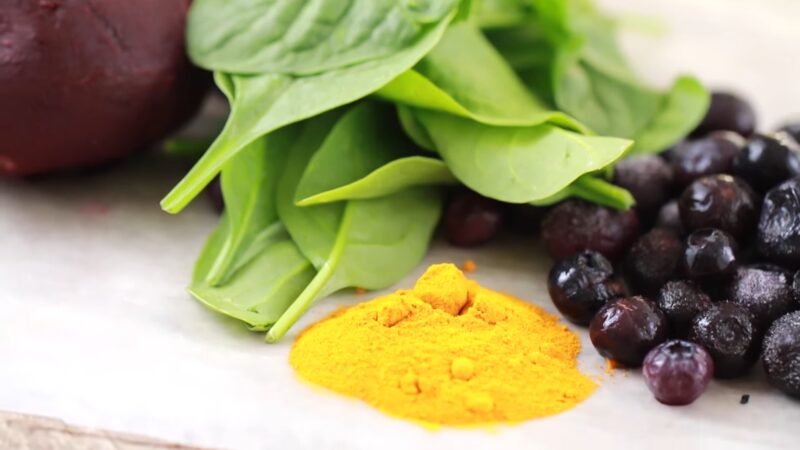
-
- Natural Food Dyes: Use fruit and vegetable juices to color your frostings.
- Decorations: Top your cakes with edible flowers or fruit slices for a natural splash of color.
Candies and Sweets
- Gummies: Agar-agar combined with fruit juice makes for colorful, healthy gummy candies.
- Chocolate: Cocoa butter mixed with powdered natural colorants like matcha or beetroot powder can create beautifully colored chocolates.
Shelf Life and Stability
Natural colors may not be as stable or long-lasting as artificial ones. This can affect the shelf life and appearance of your dishes over time.
Some natural colorants might be more expensive or harder to find than their artificial counterparts. However, the health and environmental benefits can outweigh these factors.
Making Food Fun and Educational

- Interactive Snack Time: Let kids create their own colorful fruit salads or veggie platters.
- Baking Together: Involve children in baking naturally colored cupcakes or cookies.
Frequently Asked Questions (FAQs)
Can natural food coloring cause any allergic reactions?
Yes, natural colorants can cause allergic reactions in some individuals, especially those allergic to specific fruits, vegetables, or spices used as color sources.
How do natural colorants affect the taste of food?
Most natural colorants have a mild flavor that can be masked by other ingredients. However, some, like turmeric, may impart a distinct taste, so it’s essential to use them thoughtfully.
Are natural food colorings more expensive than artificial ones?
They can be, depending on the source. Some, like turmeric, are quite affordable, while others like saffron are more expensive.
Can I make my own natural food colorings at home?
Absolutely! Many natural colorants, like beet juice or spinach puree, can be easily prepared at home with minimal equipment.
Are there any natural blue food colorings?
Yes, spirulina and red cabbage can be used to create shades of blue, although they might require more experimentation to achieve the desired hue.
Do natural colorants work in all types of recipes?
Natural colorants are versatile but may not always provide as intense or stable a color as artificial ones, especially in baked goods.
Final Thoughts
By incorporating natural food coloring into our diets, we not only make a healthier choice for ourselves but also contribute to a more sustainable and environmentally friendly world. The array of colors offered by nature not only enhances the visual appeal of our food but also provides additional nutrients and health benefits.
The journey to avoid artificial food coloring is a step towards reconnecting with nature and appreciating the beauty and benefits it offers. Whether you’re a home cook, a professional chef, or just someone who loves to eat, the exploration of natural food colors is an exciting and rewarding adventure. Let’s continue to color our world naturally, one plate at a time!
